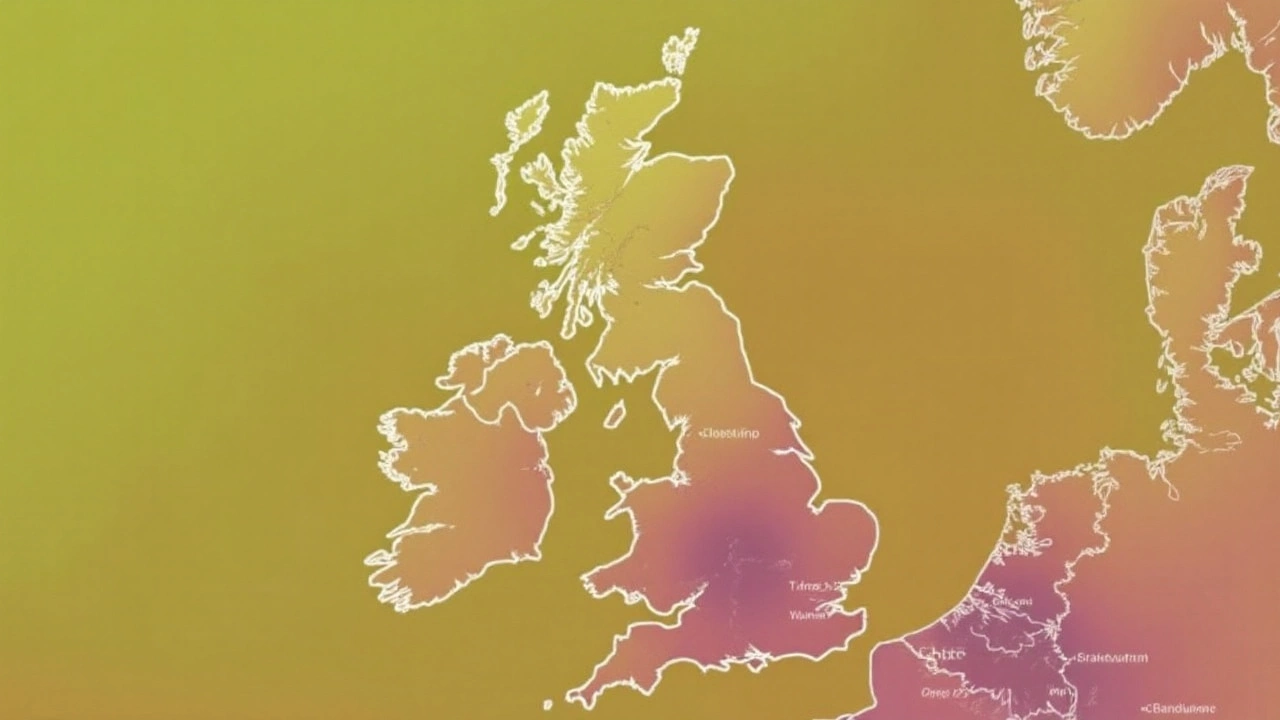34°C Temperatures – What the Heat Means for F1 Fans and Drivers
Ever watched a Grand Prix where the thermometers were stuck at 34 °C and wondered why the cars seemed to struggle? You’re not alone. High heat does more than make you sweat; it can tweak aerodynamics, tyre wear, and even driver concentration. Let’s break down what a hot day like this does to the sport and give you some easy ways to stay comfortable while you cheer.
How 34 °C Changes Car Performance
When the track temperature climbs, the asphalt radiates extra energy. That extra heat makes the tyre rubber softer, which gives better grip at first but also speeds up degradation. Teams watch the tyre data like hawks, adjusting strategies on the fly. You’ll notice more pit stops in hot races because the tyre life drops dramatically.
Engines also feel the heat. Cooler air is denser and helps the engine breathe, delivering more power. In 34 °C conditions, the intake air is thinner, so power output drops a few percent. Engineers counter this by tweaking fuel maps and using cooling ducts, but there’s always a trade‑off between speed and reliability.
Aerodynamics don’t escape either. Hot air is less dense, which reduces downforce. Drivers may need to turn the car a bit more to keep it glued to the tarmac, especially in high‑speed corners. That’s why you’ll see tighter lap times early in a race and a slight slowdown as the track heats up further.
Tips for Fans Watching in 34 °C Heat
First, dress smart. Light, breathable fabrics keep you cooler than a heavy jacket. A hat and sunglasses aren’t just fashion – they cut down on direct sun exposure and glare on the screen if you’re watching from home.
Hydration is a must. A water bottle with electrolytes will help you replace salts lost through sweat. Avoid sugary drinks that can make you feel sluggish. If you’re at the circuit, look for water stations or bring a refillable bottle to stay on top of your intake.
Find shade whenever possible. Even a small umbrella or a portable pop‑up tent can lower your body temperature by several degrees. If you’re at a grandstand, pick a spot with a built‑in canopy or bring a reflective foil blanket to reflect sunlight.
Plan your meals wisely. Heavy, greasy foods raise your body temperature. Stick to light snacks like fruits, nuts, and crackers – they provide energy without the heat overload.
Finally, pace yourself. Hot races can be longer than they feel, especially with extra pit stops. Take short breaks, stretch, and step away from the heat for a few minutes to keep your focus sharp.
Whether you’re a die‑hard follower tracking tyre strategies or just a casual fan who wants to enjoy the spectacle without feeling miserable, understanding 34 °C heat helps you get the most out of each race. Armed with the right gear, hydration plan, and a bit of knowledge about how the cars react, you’ll stay comfortable and stay on top of the action.
Got more heat‑related questions? Drop a comment below and let’s keep the conversation rolling. The next time the forecast hits 34 °C, you’ll be ready to cheer, not melt.

UK heatwave to return: 34°C scorcher set to bake Britain — who gets the worst of it and when
A burst of late-summer heat is set to push parts of the UK into official heatwave territory, with highs up to 34°C in the south and temperatures topping 30°C widely. The warm spell could last several days, bringing hot nights, strong sun, and rising health risks. Rail, roads, and energy demand may all feel the strain as the high-pressure system strengthens.
View more